Description
The Atlantic Ribbonfish (brazilian espada) as they are usually called have a striking appearance as their tiny scales are bright silver, almost reflective. They got their nickname of “ribbon fish” because their body is ribbon-like and they have mild, tender meat that easily flakes off the bone once cooked.
Members of the Trichiuridae family, ribbonfish can grow up to five feet long and can weigh up to six pounds. While they have been caught up to five feet in length, they are more often around three feet.
Typically, ribbonfish can be mistaken for an eel as they are long in their appearance and swim like a snake. Their life history is not well known, but, they have a long, tapered bodies, covered with shiny, metallic silver skin. The body conformation is cutlass-like, tapering from the head to a pointed tail.
They feed in a tail-down position, hovering under the surface and rising to strike.
Size facts:
- Maturity: Lm 19.7 inches
- Range 11.7 – 34.6 inches
- Max length : 91.2 inches TL male/unsexed
- Common length : 39 inches
- max. published weight: 11 lbs
- max. max. reported age: 15 years kg
The ribbonfish is also known in Brazil as Espada.
Where can Ribbonfish (espada) be found?
Atlantic Ribbonfishg can be found from nearshore waters to 300 feet deep. They prefer muddy bottoms.
The Atlantic Ribbonfish is found in the Atlantic from Massachusetts to Argentina and in the Indian and western Pacific Oceans. These fish are also found throughout Gulf waters.
They often enter estuaries. Juveniles and small adults form schools 320 feet above the bottom during the daytime and form loose feeding aggregations at night near the surface.
When feeding, mature ribbonfish can be found near the surface during the daytime and in greater depths during the night time.
How do Ribbonfish (espada) look like?
They have yellow eyes and a long mouth filled with sharp teeth.
Ribbonfish can be identified by the following characteristics:
- Spear-shaped head
- Arrowlike teeth
- Silver coloring
- Low dorsal fin that extends through back
- Long and extended thin body
How do Ribbonfish (espada) behave?
Ribbonfish are They are often caught by recreational anglers on piers and in the surf of the Southeast, using small fish, shrimp, or artificial lures. In fact, they steal bait meant for other fish and won’t hesitate to use their sharp, barbed teeth on unwary anglers.
Their principal use is as bait for offshore species such as king mackerel, spanish mackerel and wahoo. These fish can live up to 15 years and survive in both brackish and marine waters from the shallows to 300 feet or more. They also prefer water temperatures in excess of 70 degrees and are found in the Pacific, Indian and Atlantic oceans.
They feed on crustaceans, small fish (anchovies, finger mullet, sardines, silversides) shrimp and squid.
Fresh Ribbonfish (espada): Health benefits
Ribbonfish have omega-3 fatty acids that can help to boost cardiovascular health and reduce inflammation. By providing so many essential nutrients, this fish can also help to prevent chronic diseases, thanks to certain antioxidant components, and will generally keep you feeling full.
There are a number of health benefits of eating ribbon fish, including the following:
- Boosting cardiovascular health
- Relieving inflammation
- Improving vision health
- Treating depression
- Treating arthritis and joint pain
- Clearing out blood vessels
- Boosting brain power
- Improving skin appearance
- Preventing chronic diseases
- Promoting satiety
Ribbonfish generally contains about 350 calories in a 100-gram serving, making them a very calorie-dense type of fish. The same serving also provides high levels of protein, as well as some B vitamins and high levels of sodium, as well as select polyunsaturated, monounsaturated, and saturated fats.
Culinary profile
Ribbonfish provides excellent taste when fried or grilled; also a great option for sashimi when fresh. They are very popular in countries throughout the world as they are delicious to eat and have been sold for up to 35 dollars a pound.
Ribbonfish are a prized food fish in Japan, but have yet to be widely embraced by American eaters. The meat from the fish has been compared to flounder, is not fishy in flavor, and is light.
The flesh is mild with a hint of briny, ocean flavor. The texture is delicate, with white, flaky meat.
Cooking methods:
- Poach;
- Bake;
- Steam;
- Sautée;
- Deep-fry;
Ribbonfish are normally cut into “steaklets” 2 to 6 inches, coated with flour and pan fried or fried in a wok or just grilled. Big ones can be filleted, using ginger and green onions as flavoring. Some are marinated in wine, floured and fried or braised and served with kimchi.
Ribbonfish Videos:
Articles:
Nutritional facts
- Serving size: 335 oz (raw)
- Calories: 104 kcal
- Total fat: 3 grams
- Saturated Fat, total: 0.0 grams
- Minerals: 1 mg
- Carbohydrates: 1 mg
- Calcium: 214 mg
- Phosphorous: 218 mg
- Iron: 14 mg
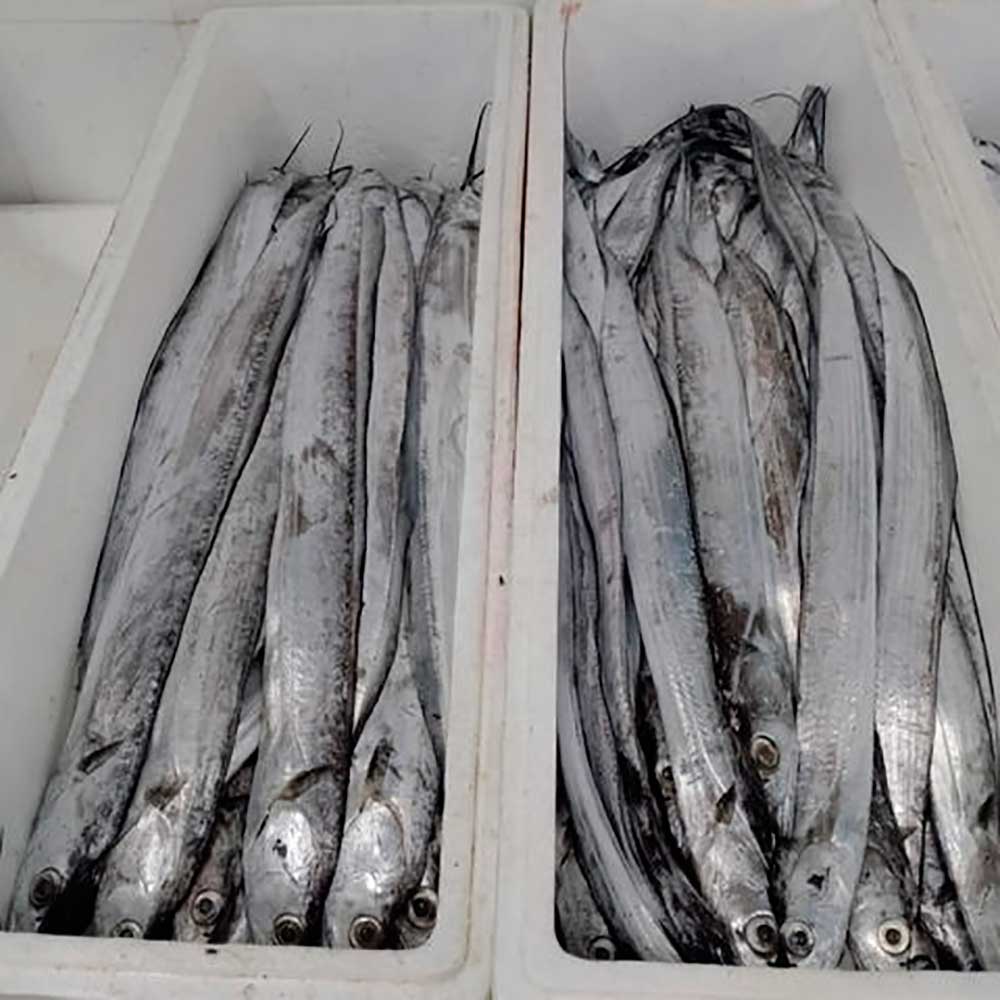
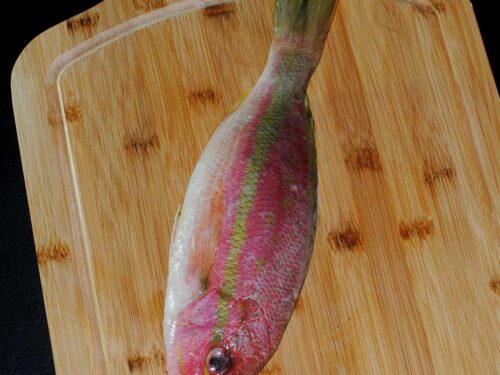
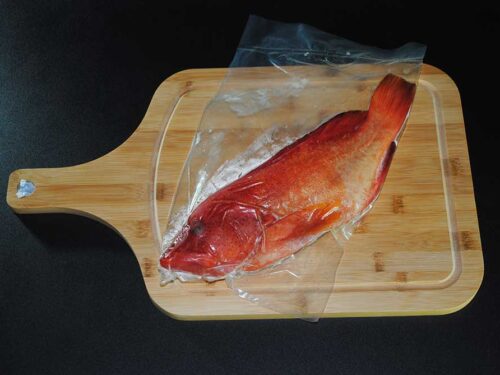
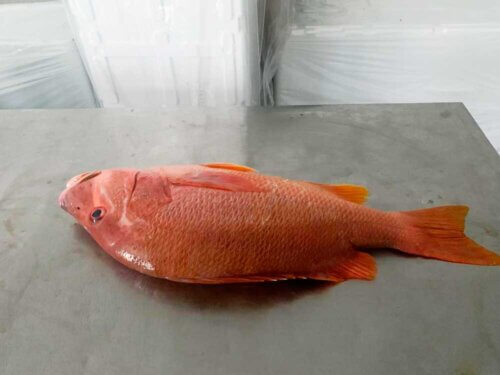
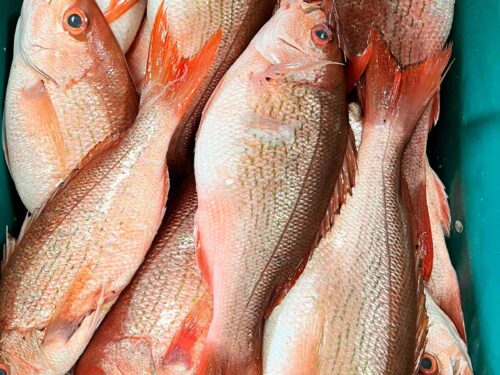
Reviews
There are no reviews yet.